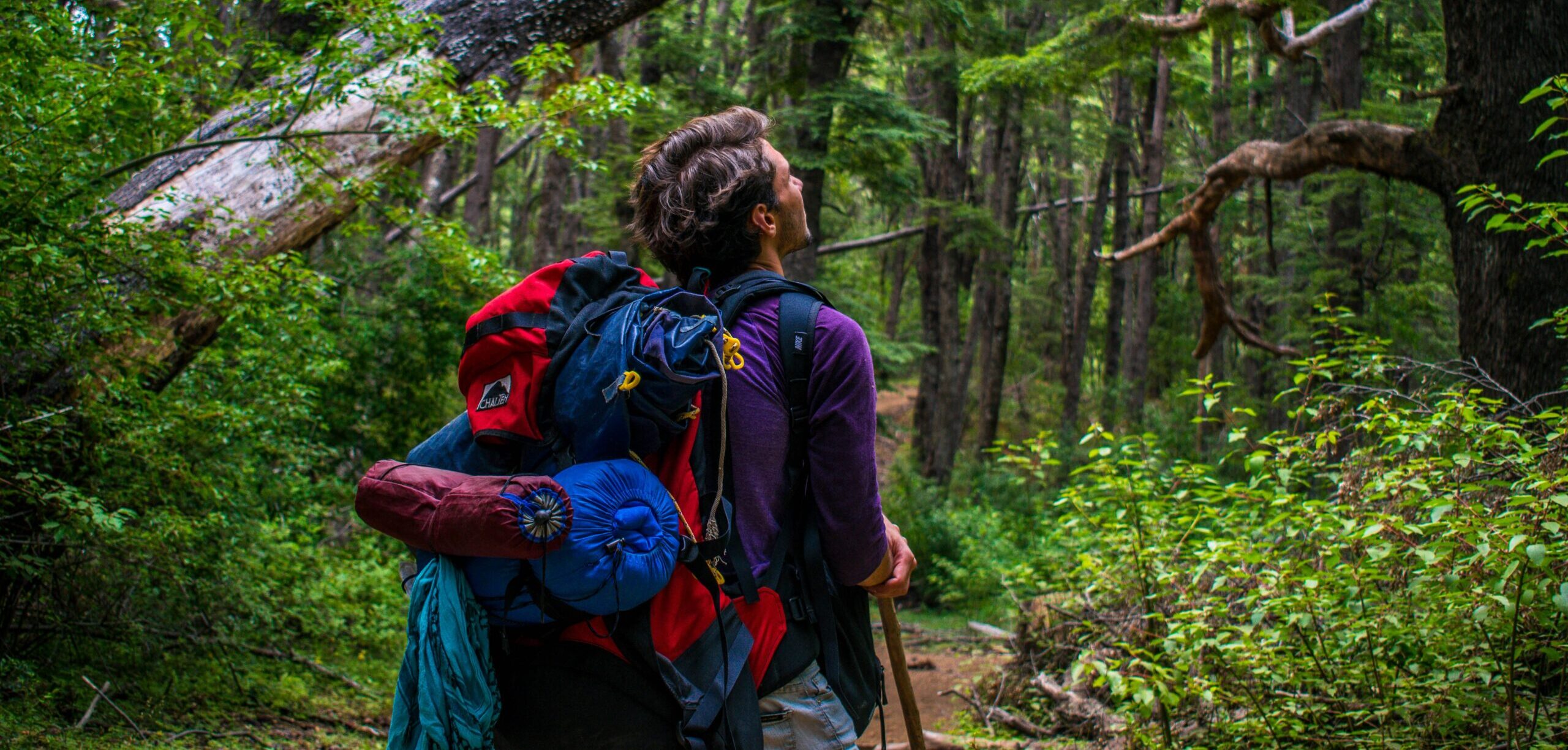Physical Address
304 North Cardinal St.
Dorchester Center, MA 02124
Physical Address
304 North Cardinal St.
Dorchester Center, MA 02124

Packing your backpack properly can make or break your outdoor adventure. A well-balanced load reduces strain on your back and shoulders, improves stability on the trail, and enhances overall comfort during long hikes. Whether you’re preparing for a backpacking trip, multi-day trek, or day hike, knowing how to distribute weight efficiently will keep you moving comfortably.
In this guide, we’ll break down how to pack a backpack for maximum comfort and balance, ensuring you avoid common packing mistakes. If you’re looking for the best backpacks for your adventures, check out our Best Backpacks of 2025 for expert recommendations.
🔹 Pro Tip: Always adjust your backpack’s straps after packing to fine-tune weight distribution.
A well-packed backpack follows a structured weight distribution system, dividing gear into three sections:
🔹 Why? This creates a cushioned base and keeps the heaviest items higher up for better weight distribution.
🔹 Why? Placing the heaviest items in the middle centers gravity over your hips, reducing shoulder strain.
🔹 Why? Keeping frequently used items within easy reach prevents unnecessary unpacking.
An unbalanced backpack can cause shoulder pain, back discomfort, and poor posture. Follow these tips:
🔹 Best for long hikes: Adjusting load placement mid-hike helps maintain comfort as food and water weight decrease.
External pockets and straps are great for quick-access items, but overloading them can cause imbalance.
🔹 Avoid hanging heavy gear off the back—this throws off your center of gravity.
Once packed, make sure your backpack fits correctly by adjusting these straps:
🔹 Best for comfort: Re-tighten straps periodically as your pack load shifts throughout the day.
🚫 Packing heavy items too high or too low.
✅ Solution: Keep heavy items near your back and mid-pack for better weight distribution.
🚫 Not using compression straps.
✅ Solution: Tighten straps to prevent gear from shifting and improve balance.
🚫 Forgetting easy-access essentials.
✅ Solution: Store items like snacks, maps, or rain gear in top pockets or hip belt pouches.
🚫 Ignoring fit adjustments.
✅ Solution: Regularly tweak your hip belt, shoulder straps, and load lifters for ongoing comfort.
How heavy should my backpack be for hiking?
Should I pack my tent inside or outside my backpack?
Where should I place my sleeping bag?
Packing your backpack correctly makes your hike more comfortable, balanced, and efficient. By distributing weight properly, using external storage wisely, and adjusting fit, you’ll experience less fatigue and better stability on the trail.
Looking for the best backpacks this year? Check out our Best Backpacks of 2025 for expert recommendations!